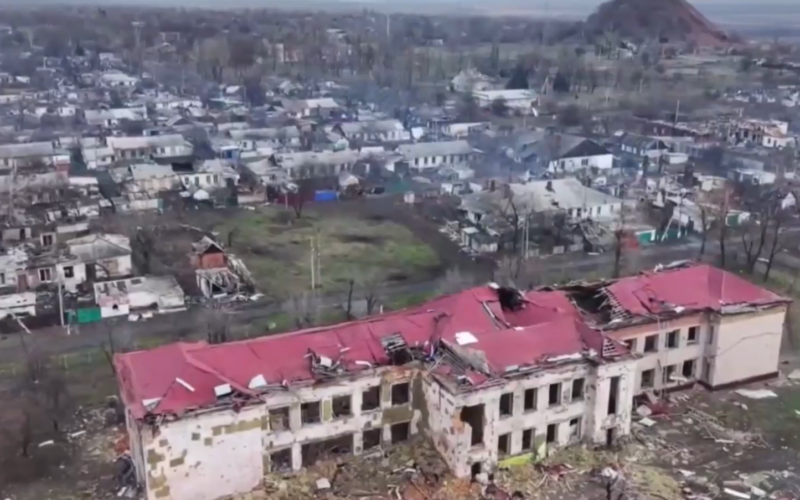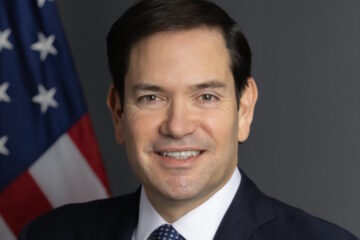On January 10, 2025, the US Treasury announced significant sanctions on the Russian oil industry. More than 180 companies and tankers were sanctioned, including one of the most important for Russia: Polar Lithium LLC.
This company owns the rights to develop the Kolmozer deposit in the Murmansk region. This should be the first lithium mine in Russia, since there is no mining of this metal in the country at the moment.
Polar Lithium is a joint venture between Norilsk Nickel and Rosatom, and the project involves producing 45,000 tonnes of lithium carbonate and hydroxide per year from the Kolmozery deposit. These minerals are used in batteries. It is expected that the full capacity of the mine will be reached in 2030.
The Kolmozersky deposit is the largest lithium deposit in Russia. In Russia, it contains 24.2% of Russia’s lithium reserves. However, Russia is not only preparing to launch lithium production on its territory, but also acquiring new deposits as a result of the war with Ukraine.
On January 13, 2025, one of the largest lithium deposits in Europe, located near Shevchenko in the Donetsk region, came under Russian control. This was stated by Denis Pushilin, a representative of the Russian authorities. The Shevchenkovskoe field was discovered in 1982 and is one of the largest in Europe. Its lithium reserves are estimated at 13.8 million tons.

Does Russia need so much lithium itself or is it going to sell it? It is likely that China, which is friendly to Russia, will become the main consumer of lithium.
According to a study published by the analytical Creon Group, the global demand for lithium in batteries in 2022 was 559 thousand tons. Of this, 290.4 thousand tons were accounted for by China (China providing over 50% of global lithium-ion battery production), 162 thousand tons by South Korea and 67 thousand by Japan.




